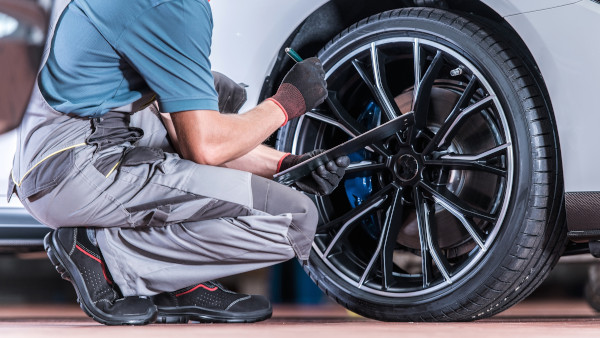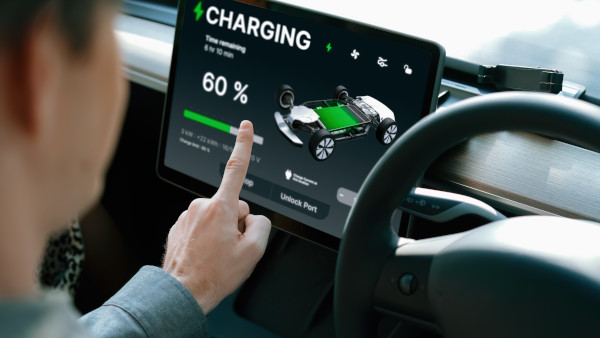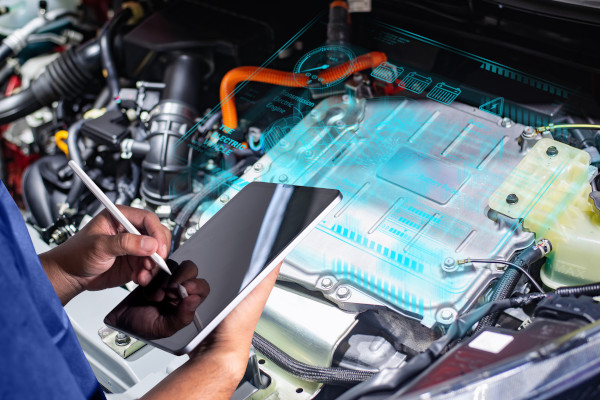What’s the cost of an electric car MOT?
An MOT for an electric vehicle costs the same as MOTs for petrol and diesel vehicles, even though there are fewer checks to make. The maximum charge for an MOT (excluding any extra work or replacement parts) is £54.85, though many garages offer cheaper deals.
Although MOT costs are the same as petrol and diesel cars, don’t forget there are more benefits to driving EVs, such as the UK government electric car grant.
What happens during an electric car MOT?
An EV MOT includes checks on:
- Lights - are they all functioning properly?
- Number plates - are they clean and legal with visible numbers?
- Windscreen - are they free from chips and cracks?
- Windscreen wipers - do they function well?
- Seatbelts - are they functioning, secure and safe?
- Steering - is it responsive and in suitable working condition?
- Tyres - do they have legal tread depth, and does each wheel spin freely?
- Suspension - a check for wear and tear
- Rust - checks on brackets and vital mounting points (testers cannot remove car parts to rust check, so the aerodynamic panel under most EVs will stay put).
- Brakes - pads and discs are checked for good condition

Does my electric lease car need an MOT?
Yes, the same as any other EV, it will require an MOT after three years. Some leasing companies may require the test to be carried out at an approved centre, so always check your lease agreement to avoid issues.
Do electric vans need an MOT?
From 1st September 2018, electric vans must pass an MOT. This law only covers newer existing vans - older electric vans registered before 1st March 2015 are still exempt.
Tips to passing your electric car MOT
Want to increase your chances of passing your MOT the first time around? Here are some helpful checks to do before you take your car in for its MOT:
Check Your Lights
On your own? Reverse up to a reflective surface like a window, preferably in low light or darkness. This will help you see if your sidelights, indicators, reversing lights, fog lights and brake lights are all working correctly. Or, ask a passenger for help. Front lights are easier to check; switch them all on then get out and check.
Perform external visual checks
Check your number plate for visibility, the windscreen for chips and cracks and make sure the wipers are in good condition. You’ll want to make sure your tyres have enough tread (the legal minimum is 1.6mm across the middle ¾ of your tyres).
Brakes, bearings and suspensions are slightly tougher to check yourself, but if you’re worried about any unusual noises, vibrations or handling issues, it’s best to mention them at the beginning of your MOT. Safety is key, not just for passing the test, but for everyday driving.


